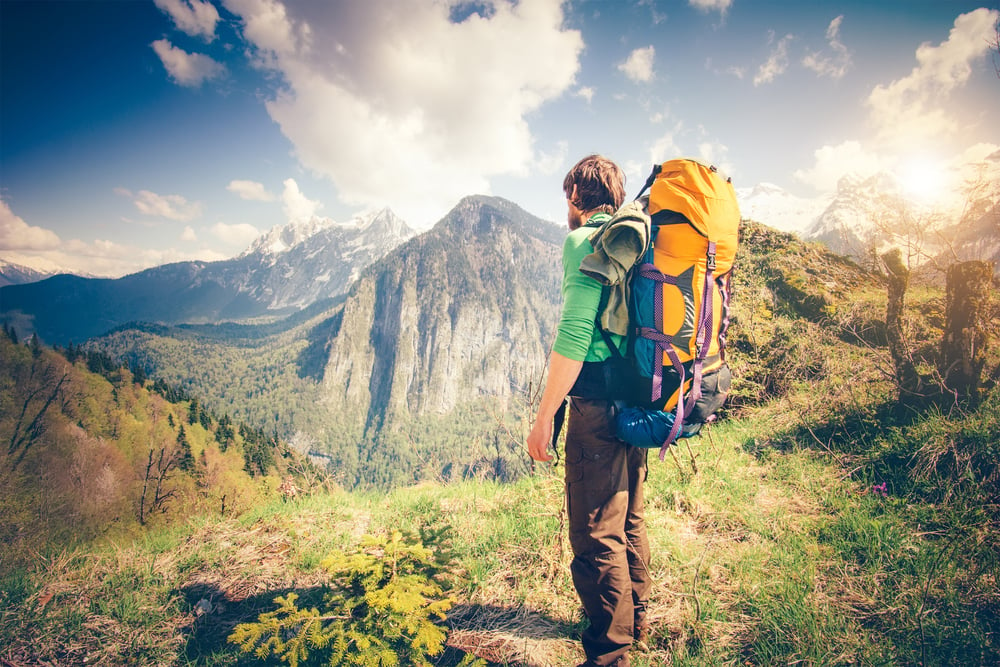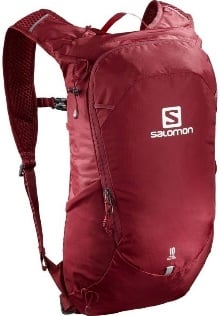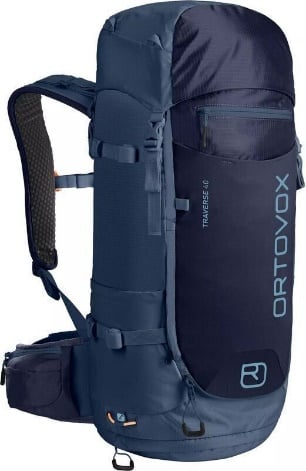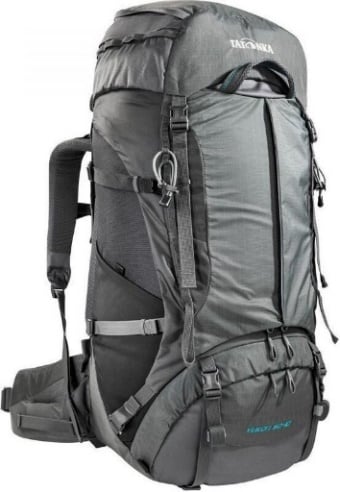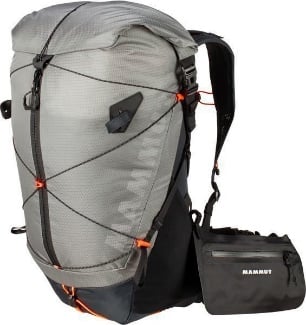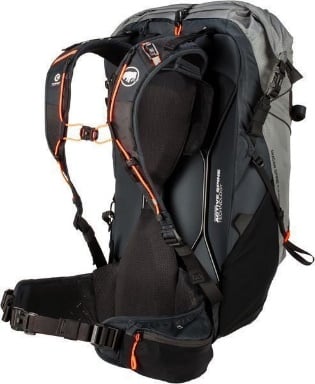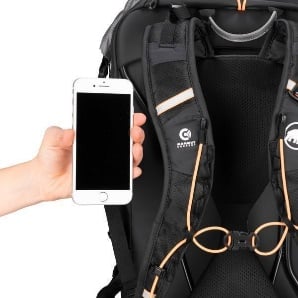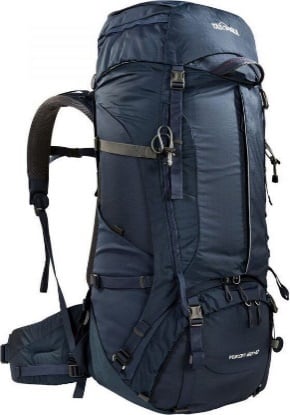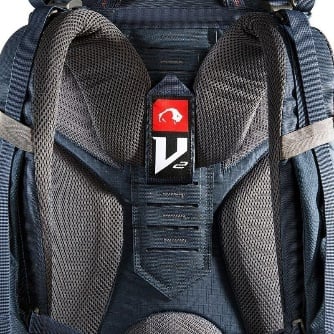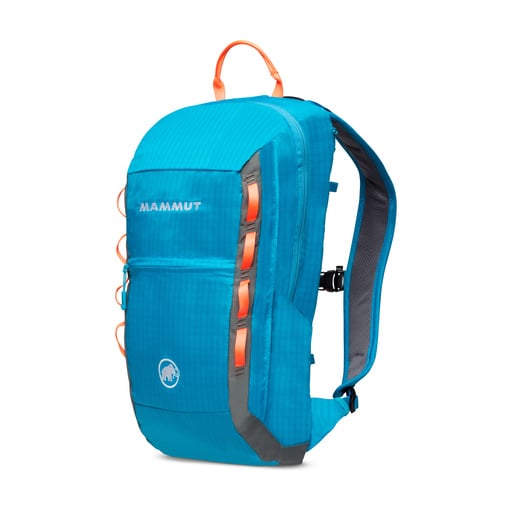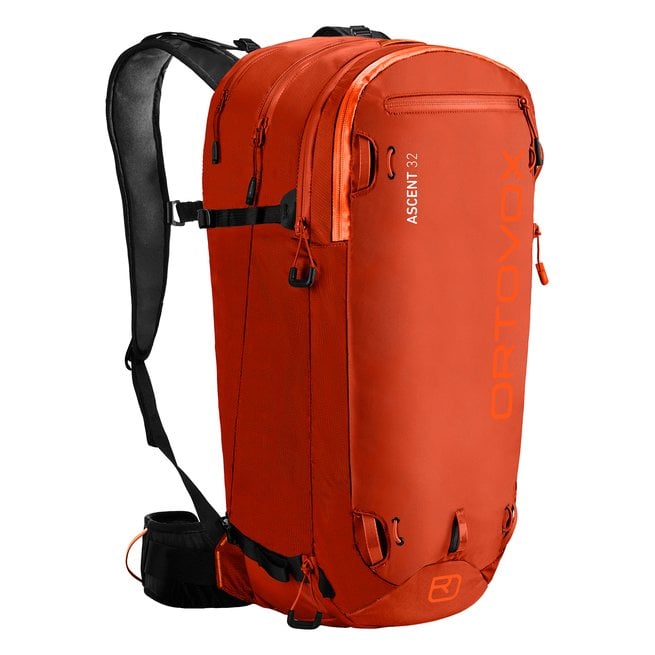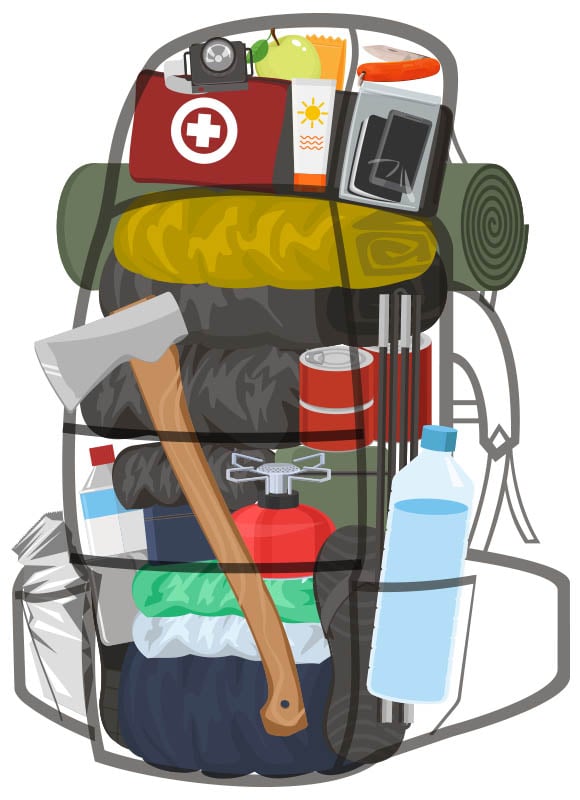Choose country for shipment delivery
-
All categories
16
All categories
-
Golf

-
Water Sports
 Water Sports
Water Sports- View all
- Paddleboarding
- Wakeboarding / Kiteboarding / Kneeboarding
- Water Ski
- Water Fun
- Inflatable Boats, Kayaks, Canoes
- Diving and Swimming
- Yachting Clothing, Footwear, Backpacks
- Safety
- Boat Fridges, Grills, Tableware for Boats
- Gifts, Books for Boaters
- Boat Engines and Acessories
- Boat Equipment and Accessories
-
Cycling

-
Outdoor

-
Fishing Tackle

-
Moto

-
Winter sports
 Winter sports
Winter sports -
Sports Merch

-
Running

-
Racquet sports

-
Ball Games

-
Skates and Accessories
 Skates and Accessories
Skates and Accessories -
Skateboards and Accessories
 Skateboards and Accessories
Skateboards and Accessories -
Floorball
 Floorball
Floorball -
Fitness

-
Sport Glasses

-
-
Golf
Golf
-
Water Sports
Water Sports
- View all
-
Sale deals and offers
-
Paddleboarding
-
Wakeboarding / Kiteboarding / KneeboardingWakeboarding / Kiteboarding / Kneeboarding
-
Water Ski
-
Water Fun
-
Inflatable Boats, Kayaks, CanoesInflatable Boats, Kayaks, Canoes
-
Diving and Swimming
-
Yachting Clothing, Footwear, Backpacks
-
Safety
-
Boat Fridges, Grills, Tableware for BoatsBoat Fridges, Grills, Tableware for Boats
-
Gifts, Books for Boaters
-
Boat Engines and AcessoriesBoat Engines and Acessories
- View all
- Outboard Motors
- Electric Engines
- Engine Accessories
- Outboard Brackets / Carriers
- Propellers
- Tanks / Connectors / Hoses
- Oil Lubes / Grease
- Filters
- Engine Care
- Fuel Additives
- Spark Plugs
- Spare parts
- Impellers
- Anodes
- Fuel Pumps
- Oil Pumps
- Engine Covers
- Steering Wheels
- Engine Control Cables
- Mechanical Steering
- Engine Controls
- Hydraulic Steering
-
Boat Equipment and AccessoriesBoat Equipment and Accessories
-
Cycling
Cycling
- View all
-
Sale deals and offers
-
Bicycles
-
Components / Parts
-
Helmets
-
Cycling Glasses
-
Clothing
-
Footwear
-
Cycling BackpacksCycling Backpacks
-
Bike AccessoriesBike Accessories
- View all
- Deals Bike Accessories
- Bike Locks
- Bike Lights
- Cycling Electronics
- Bicycle Bottles
- Bicycle Bottle Holders
- Bike Trainers / Accessories
- Cleaning and Maintenance
- Bike-Tire Repair Kits
- Bicycle Tools and Multitools
- Pumps
- Bicycle Bells
- Bicycle Mirrors
- Frame Protection
- Bicycle Fenders / Mudguards
- Bicycle Carriers
- Child Seat and Trailers
- Bicycle Bags
- Cyclo Carriers
- Bicycle Racks and Holders
-
WheelsWheels
-
Scooters
-
Electric Vehicles
-
Outdoor
Outdoor
- View all
-
Sale deals and offers
-
Outdoor ClothingOutdoor Clothing
-
Climbing
-
Outdoor Shoes
-
Backpacks / Bags / RucksacksBackpacks / Bags / Rucksacks
-
CampingCamping
-
Hammocks
-
Binoculars
-
Outdoor SunglassesOutdoor Sunglasses
-
Equipment and AccessoriesEquipment and Accessories
-
Moto
Moto
- View all
-
Sale deals and offers
-
Motorcycle HelmetsMotorcycle Helmets
-
Electronics
-
Moto ClothingMoto Clothing
-
Bags / BackpacksBags / Backpacks
-
Safety
-
Garage
-
Motorcycle Equipment for Women
-
Leisure / Gifts
-
Auto-eletronics
-
Motorcycle GlassesMotorcycle Glasses
-
Fishing Tackle
Fishing Tackle
- View all
-
Sale deals and offers
-
Fishing Rods
-
Fishing Reels
-
Sea FishingSea Fishing
-
Bivvies and AccessoriesBivvies and Accessories
-
Fishing Clothing
-
Lures / BaitsLures / Baits
-
Fishing EquipmentFishing Equipment
- View all
- Bait Boats
- Fishfinders / Sonars
- Fishing Bite Alarms
- Tripods / Rodpods
- Unhooking Mats, Cradles
- Landing Nets
- Weigh Slings / Sacks / Keepnets
- Fishing Lines
- Pliers / Forceps
- Fishing Knives
- Fishing Floats
- Fishing Leads / Feeders
- Tackle and Tools
- Hooks
- Live Fish Boxes
- Weighing Scales
- Meters
- Tackle Boxes / Rig Boxes
- Disinfection
- Clips / Pegs / Swivel
- PVA Products
- Belly Boat and Accessories
-
Fishing Equipment for Women
-
Fishing Equipment for Children
-
Fishing GlassesFishing Glasses
-
Sport
Sport
- View all
-
Sale deals and offers
-
Sportswear
-
Sports Merch
-
Running
-
Winter sportsWinter sports
-
Racquet sports
-
Ball Games
-
Skates and AccessoriesSkates and Accessories
-
Skateboards and AccessoriesSkateboards and Accessories
-
FloorballFloorball
-
Darts and DartboardsDarts and Dartboards
-
Martial Arts
-
Fitness
-
Yoga and Pilates
-
Pools and Accessories
-
Alternative Sports
-
Horse RidingHorse Riding
-
HealthHealth
-
Sport Glasses
-
Sports Headphones
-
Sporttesters and Smartwatches
-
Straps for Sports Testers and Smart Watches
-
Hockey
